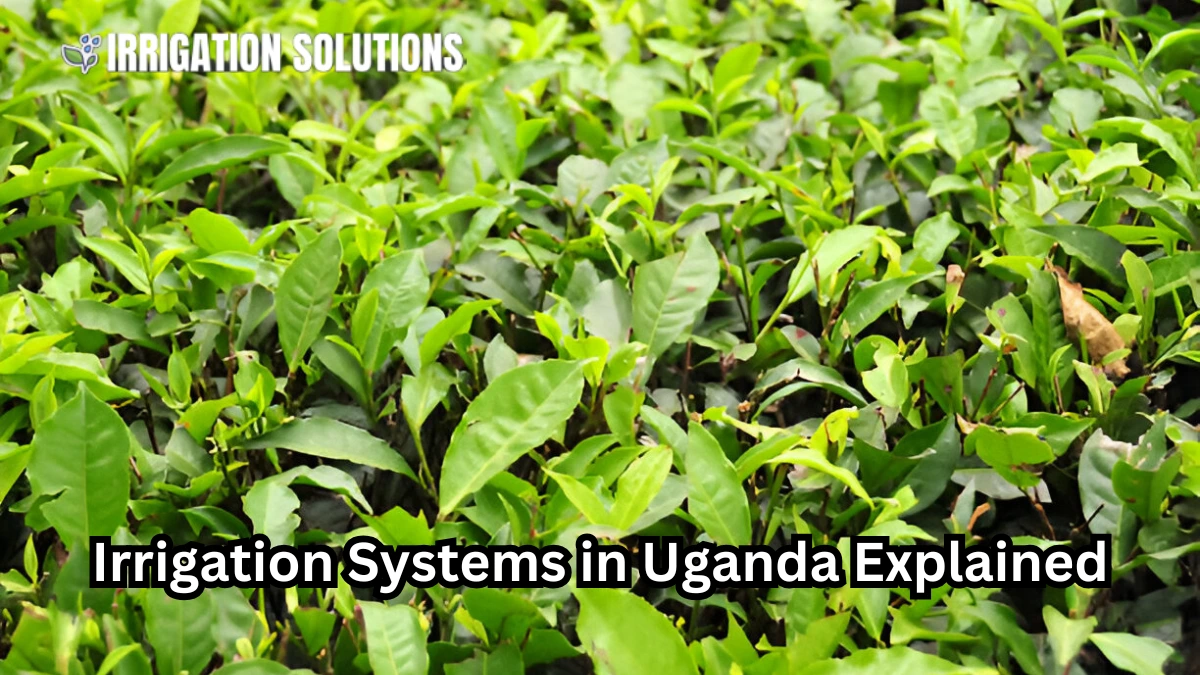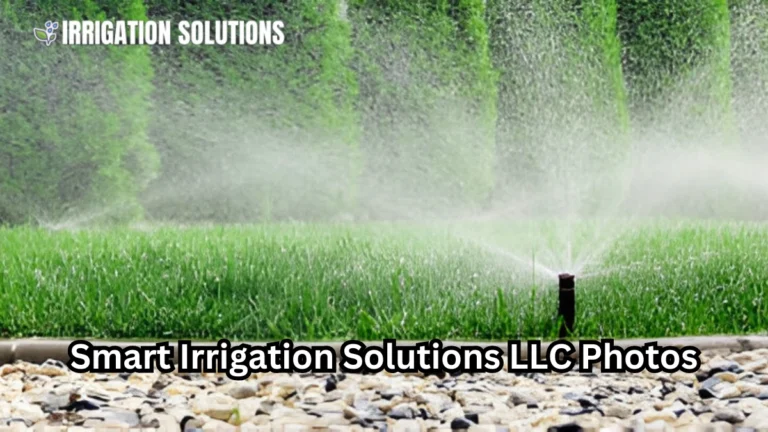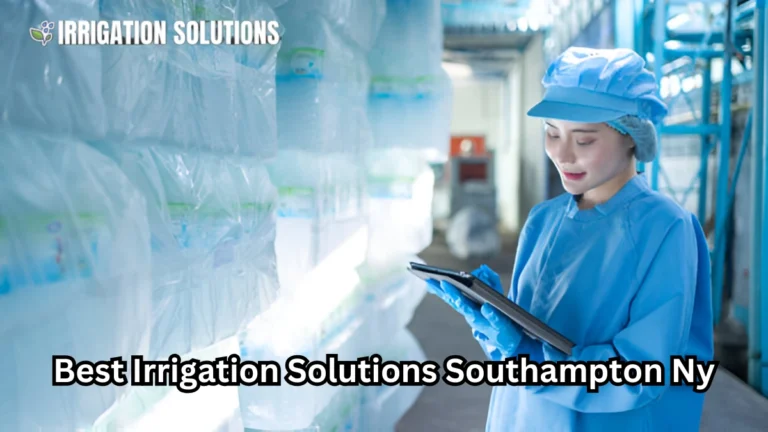Irrigation Systems in Uganda Explained

Agriculture forms the backbone of Uganda’s economy, with over 70% of the population engaged in farming. However, unpredictable weather patterns and insufficient water access often hinder agricultural productivity. Irrigation systems play a pivotal role in mitigating these challenges, ensuring sustainable food production, and boosting incomes for farmers. This blog post delves into the types, benefits, challenges, and advancements in Uganda’s irrigation systems.
Understanding Irrigation Systems
What Are Irrigation Systems?
Irrigation systems are methods used to supply water to crops in a controlled manner, especially in areas with insufficient rainfall. In Uganda, these systems are critical for maintaining crop yields and enhancing food security, particularly during dry seasons.
Importance of Irrigation in Uganda
- Weather Resilience: Irrigation reduces dependency on unpredictable rainfall.
- Increased Yields: Proper water management can double or triple crop productivity.
- Economic Growth: With increased agricultural output, farmers contribute more to Uganda’s GDP.
- Food Security: Consistent water supply ensures year-round crop production.
Types of Irrigation Systems in Uganda
Farmers in Uganda use various irrigation methods depending on the region, crop type, and water availability. Here’s an overview:
Surface Irrigation
- Description: Water flows across the field by gravity.
- Advantages: Low cost and simple to implement.
- Drawbacks: High water wastage and uneven distribution.
- Use Case: Common in rice farming along riverbanks.
Sprinkler Irrigation
- Description: Water is sprayed over crops, mimicking rainfall.
- Advantages: Efficient water use and even distribution.
- Drawbacks: High initial cost and susceptibility to wind interference.
- Use Case: Used in smallholder vegetable farms.
Drip Irrigation
- Description: Delivers water directly to plant roots through pipes with emitters.
- Advantages: Saves water and minimizes weed growth.
- Drawbacks: Requires technical knowledge and maintenance.
- Use Case: Popular for high value crops like tomatoes and peppers.
Pump Based Irrigation
- Description: Uses motorized or manual pumps to lift water from rivers or wells.
- Advantages: Can cover large areas.
- Drawbacks: Expensive fuel costs and equipment maintenance.
- Use Case: Common in commercial farms.
Key Challenges in Irrigation Adoption
Despite its benefits, irrigation faces several challenges in Uganda:
- High Costs: Equipment, installation, and maintenance are often unaffordable for small scale farmers.
- Limited Access to Water: Drought prone areas lack sufficient water sources.
- Lack of Awareness: Farmers may not know about modern irrigation techniques.
- Energy Constraints: Pump based systems depend on electricity or fuel, which are not readily available in remote areas.
Government and NGO Interventions
Policies and Programs
The Ugandan government and various NGOs have initiated programs to promote irrigation:
- National Irrigation Policy (2018): Aims to increase irrigated farmland from 0.5% to 15% by 2040.
- Smallholder Irrigation and Value Addition Project (SIVAP): Provides affordable irrigation kits to farmers.
- NGO Contributions: Organizations like World Bank and USAID fund community irrigation projects.
Success Stories
- Case Study: Mbale District
In 2021, a community project introduced drip irrigation for coffee farmers in Mbale. Farmers reported a 40% increase in yield and significant water savings. - Case Study: Karamoja Region
Sprinkler systems installed in this semi arid region helped farmers grow maize during dry seasons, improving food availability.
Cost Analysis of Irrigation Systems
The table below outlines typical costs for irrigation systems in Uganda:
| Irrigation System | Initial Cost (UGX) | Maintenance Cost (Annual) | Water Efficiency | Common Crops |
| Surface Irrigation | 500,000 – 1,000,000 | Low | Low | Rice, Sorghum |
| Sprinkler Irrigation | 2,000,000 – 5,000,000 | Medium | Medium | Vegetables, Maize |
| Drip Irrigation | 3,000,000 – 8,000,000 | High | High | Tomatoes, Coffee |
| Pump-Based Systems | 1,000,000 – 3,000,000 | Medium | Variable | Various Crops |
The Future of Irrigation in Uganda
With advancements in technology and increased government support, irrigation systems in Uganda are evolving:
- Solar-Powered Pumps: Reduces reliance on costly fuel and electricity.
- Smart Irrigation: Sensors and automation optimize water use based on soil moisture levels.
- Community Based Models: Shared systems lower costs and promote collective maintenance.
Quote from an Expert:
“Irrigation is no longer a luxury; it’s a necessity for Uganda’s farmers to thrive in the face of climate change.” – Dr. John Kintu, Agricultural Economist.
How Farmers Can Get Started
For farmers considering irrigation:
- Assess Water Availability: Identify nearby water sources like rivers or boreholes.
- Choose the Right System: Consider crop type, budget, and land size.
- Seek Financial Support: Explore loans, grants, or subsidies from government programs or NGOs.
- Learn Best Practices: Attend training sessions or connect with agricultural extension officers.
Conclusion
Irrigation systems are transforming agriculture in Uganda, helping farmers overcome climate challenges and achieve sustainable growth. While hurdles like costs and awareness remain, concerted efforts by stakeholders promise a brighter future for Uganda’s agricultural sector. By investing in efficient irrigation solutions, Uganda can ensure food security, improve livelihoods, and strengthen its economy.
Call to Action:
Farmers and stakeholders must collaborate to harness the full potential of irrigation. If you’re interested in learning more or accessing irrigation resources, visit the Ministry of Agriculture website for guidance.






